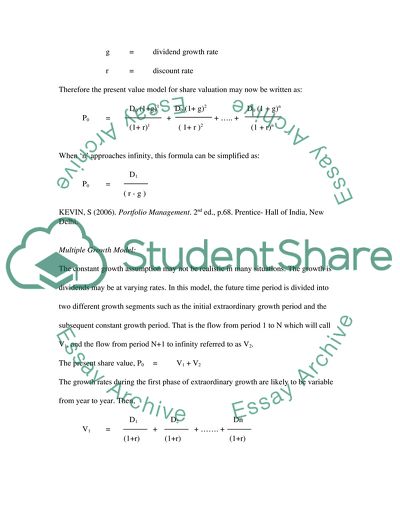Cite this document
(Dividend Growth Method of Share Valuation, Capital Asset Pricing Model Assignment, n.d.)
Dividend Growth Method of Share Valuation, Capital Asset Pricing Model Assignment. Retrieved from https://studentshare.org/finance-accounting/1541980-finance-investment
Dividend Growth Method of Share Valuation, Capital Asset Pricing Model Assignment. Retrieved from https://studentshare.org/finance-accounting/1541980-finance-investment
(Dividend Growth Method of Share Valuation, Capital Asset Pricing Model Assignment)
Dividend Growth Method of Share Valuation, Capital Asset Pricing Model Assignment. https://studentshare.org/finance-accounting/1541980-finance-investment.
Dividend Growth Method of Share Valuation, Capital Asset Pricing Model Assignment. https://studentshare.org/finance-accounting/1541980-finance-investment.
“Dividend Growth Method of Share Valuation, Capital Asset Pricing Model Assignment”, n.d. https://studentshare.org/finance-accounting/1541980-finance-investment.


